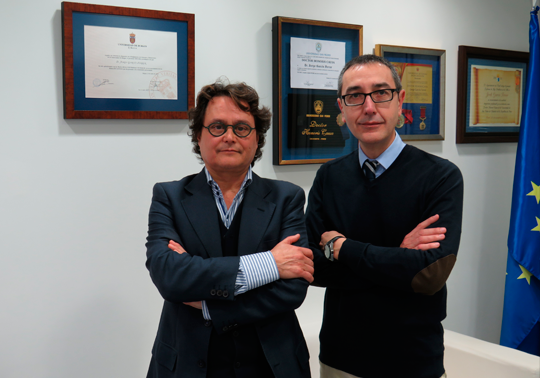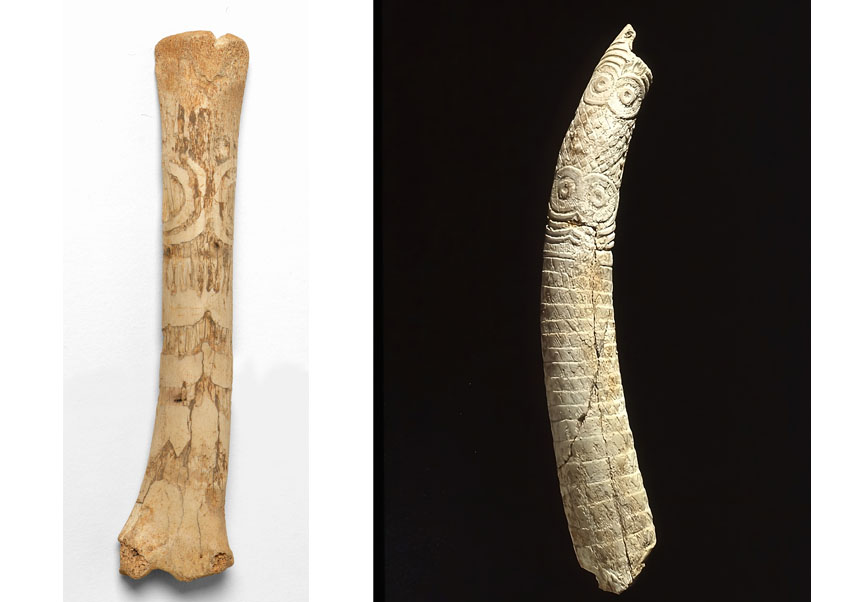Polibienestar suggests a new tool to predict the hospitalisation risk in patients with chronic diseases
- June 22nd, 2017

Ascensión Doñate, Francisco Ródenas and Jorge Garcés, from the Research Institute Polibienestar of the Universitat de València, have developed a statistic model to predict the hospitalisation risk of people who suffer from chronic diseases. In the article published in the journal ‘European Journal of Interdisciplinary Studies’, it is claimed that the tool could give rise to a new organisation of the health assistance in the Valencian health centres.
The work considers that multidisciplinary equipment is required for guaranteeing the covering of the clinical needs of the patients. Therefore, “nurses as well as social workers are equally necessary”, state the experts. A wider team in health centres will involve more individualised care of the patients. As a consequence, this will improve their quality life and reduce the economic costs of the treatment.
The treatment and administration of chronic diseases, which are long-term and slowly diseases, are two of the great challenges of the current health system. In Spain, chronic diseases represents nearly the 70% of the total costs of the health system. In this situation, the care of the patients in primary health-care centres symbolises a first step to know and treat the patients. The analysis described in the article tries to organise the health system in a more individual and efficient way.
Doñate, Ródena and Garcés also emphasise that the state administration would have to provide the chronic patients and their relatives and friends with some social services. So, with this measure together with an education addressed to the self-administration of the care, the patients would be more aware of the importance of controlling their diseases. “Besides, in order to make possible this decrease, it would be necessary a continuous care and regular track of the evolution of the patients”, have stated the researchers.
The statistic model suggested by the experts has different variables associated with the predictability of the hospitalisation risk of this type of patients: sociodemographic aspect, clinical data, previous usage of health resources and the presence of palliative cures. This latest tool is especially significant for the technicians of Polibienestar, because it has a direct relationship with the number of deaths in hospitals and this is not present until now at any prediction model regarding scientific literature.
The predicable model based on the analysis of the operating of the Burjassot health centre and carried put in three phases, classifies 450 chronic patients with hearth, breath and diabetes diseases in two groups. On the one hand, the group with a high risk of hospital admissions, which represents the 84% of the people analysed, and on the other hand, the group with a low risk of hospitalisation, which is the 16%. According to the experts, this fact confirms the need to set up this new model to predict the risk of hospital admission, due to the majority of the chronic users of this health centre needed hospitalisation.
To do this classification, the model provides each patient with a mark between 0 and 10 and it assumes that there is a high hospitalisation risk when the mark is above 0,5. The project was developed between May 2014 and November 2015 and the average age rate of the people was 77 years old.
Article:
Ascensión Doñate Martinez, Francisco Ródenas Rigla, Jorge Garcés Ferrer: «Development of a Predictive Model of Elderly Patients at Risk of Future Hospital Admission at Primary Care Centres in Valencia (Spain)». European Journal of Interdisciplinary Studies. Jan-Apr 2017. Vol.7 Nr. 2
File in: Institut Universitari d'Investigació de Polítiques de Benestar Social (Polibienestar) , Plans nacionals i regionals d'investigació , Grups de recerca
















